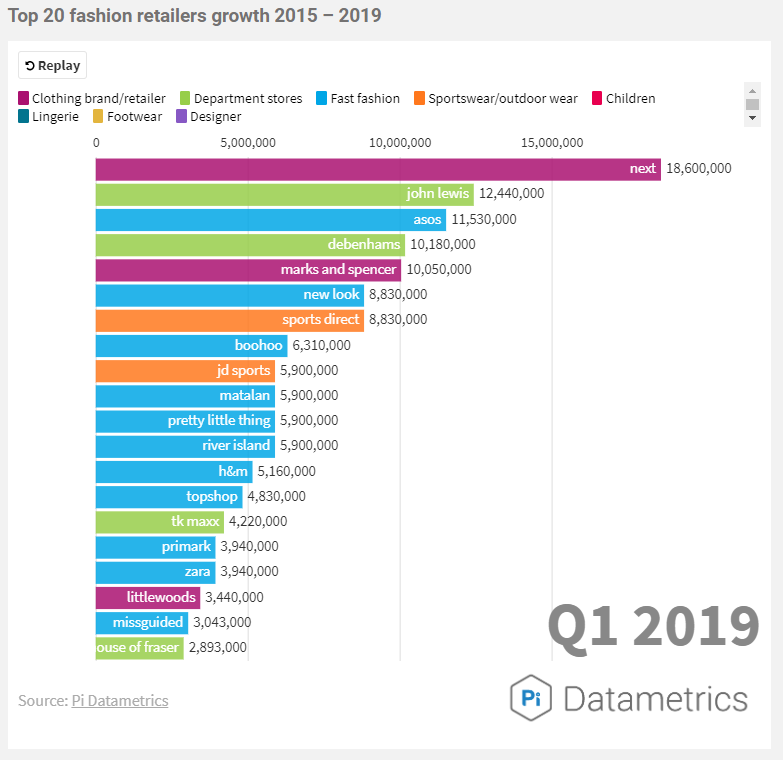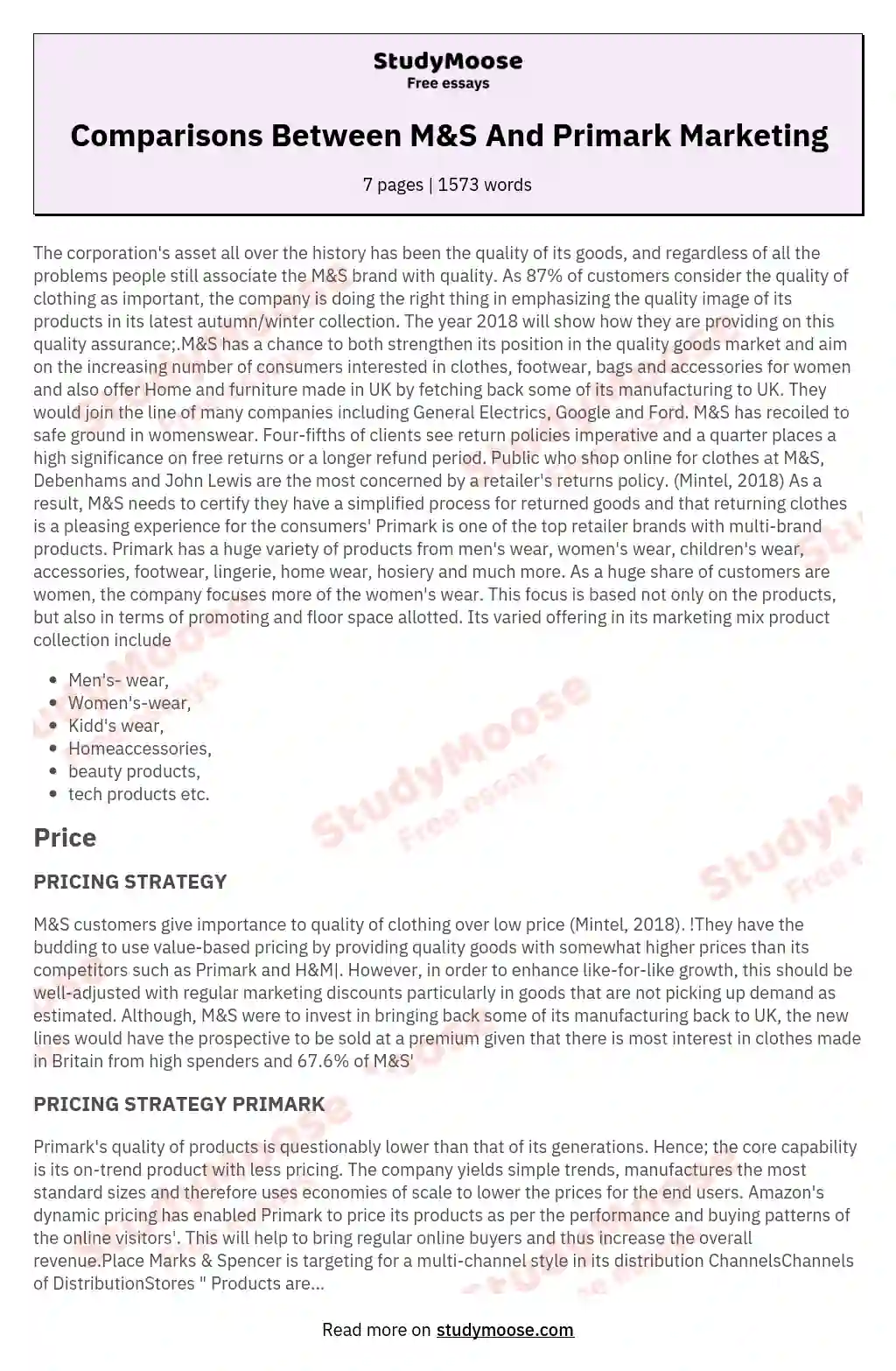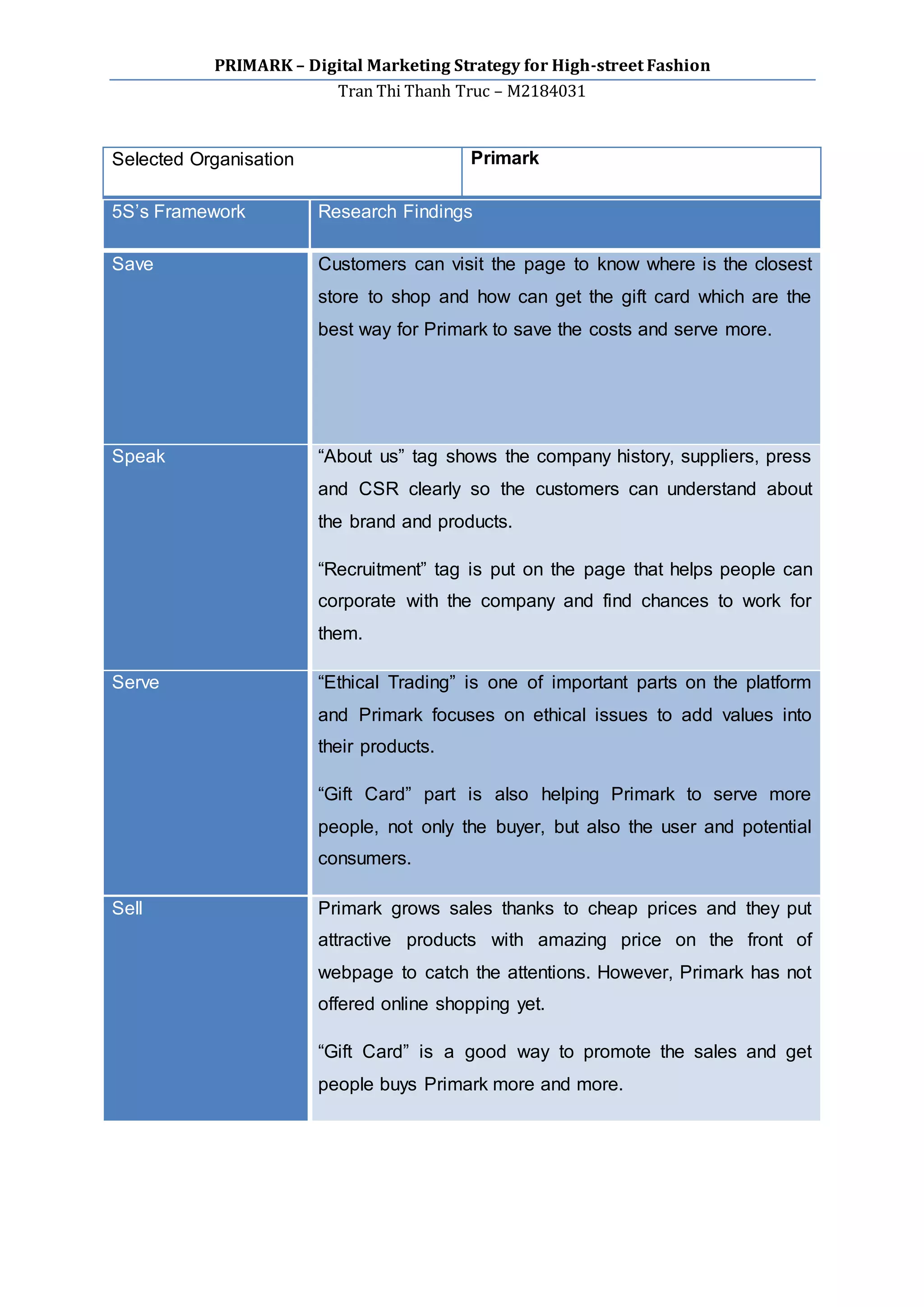Primark is a popular clothing retailer known for its fast fashion and affordable prices. The company's pricing strategy plays a significant role in its success, as it allows the company to offer high-quality products at prices that are competitive within the market.
One of the key elements of Primark's pricing strategy is its focus on cost efficiency. The company works hard to keep its production costs low, which helps it to offer its products at lower prices than its competitors. This is achieved through a variety of techniques, such as sourcing materials from low-cost countries, using efficient production processes, and carefully managing inventory levels.
Another important element of Primark's pricing strategy is its use of price elasticity. This refers to the degree to which the demand for a product changes when its price changes. Primark uses price elasticity to its advantage by setting prices that are low enough to attract a large number of customers, but high enough to generate a profit. This allows the company to maintain a strong balance between demand and pricing, which is essential for its success.
In addition to its focus on cost efficiency and price elasticity, Primark also uses a variety of promotional techniques to drive sales and increase its customer base. The company frequently offers discounts, sales, and other promotional deals to entice customers to purchase its products. These promotions are often targeted at specific segments of the market, such as students or families, and are designed to appeal to these groups by offering products that meet their specific needs and preferences.
Overall, Primark's pricing strategy is focused on offering high-quality products at competitive prices, while also using promotional techniques to drive sales and increase its customer base. This approach has proven successful for the company, and has helped it to become one of the leading players in the fast fashion market.





.png)